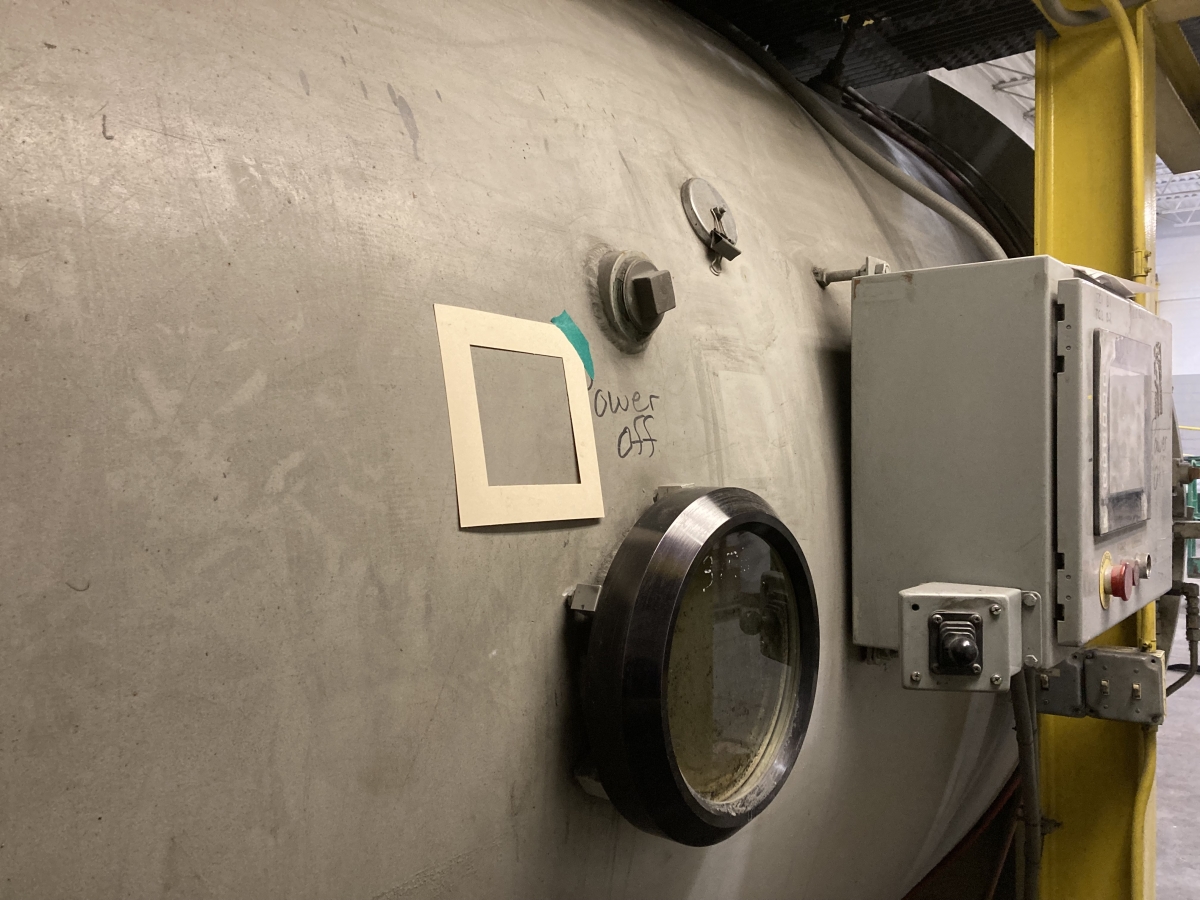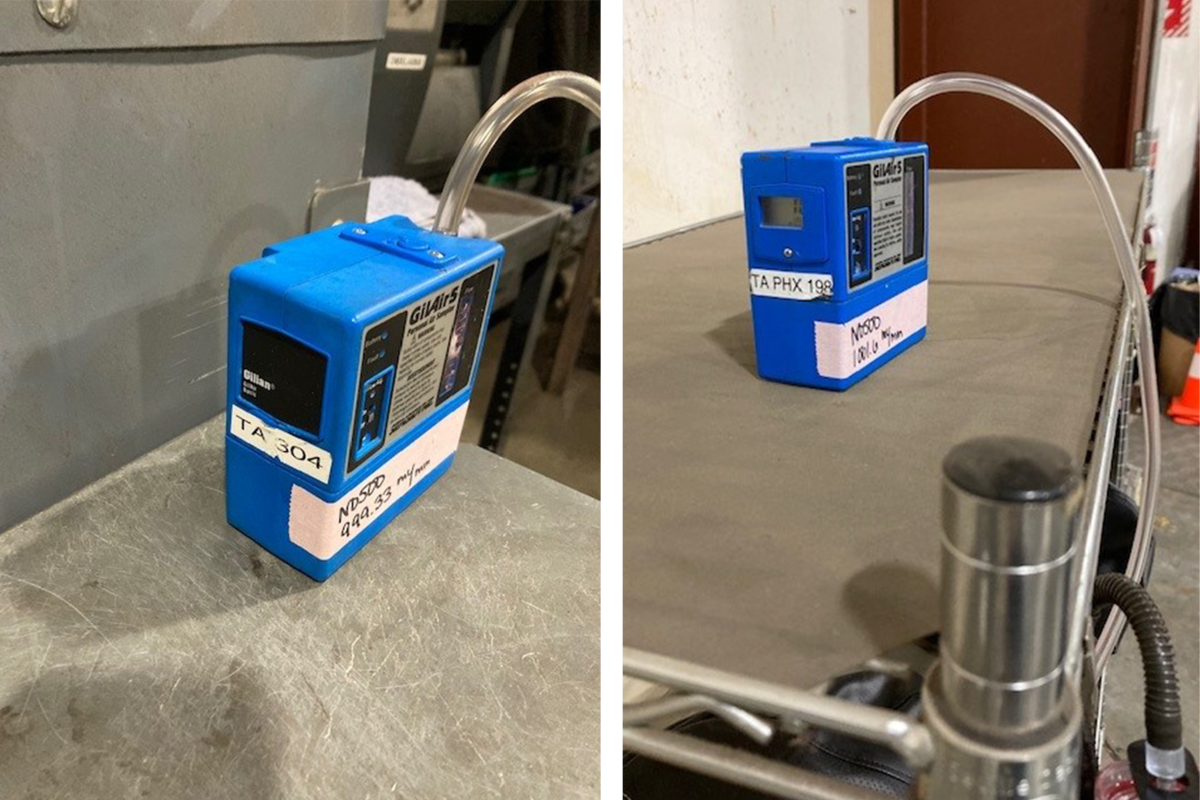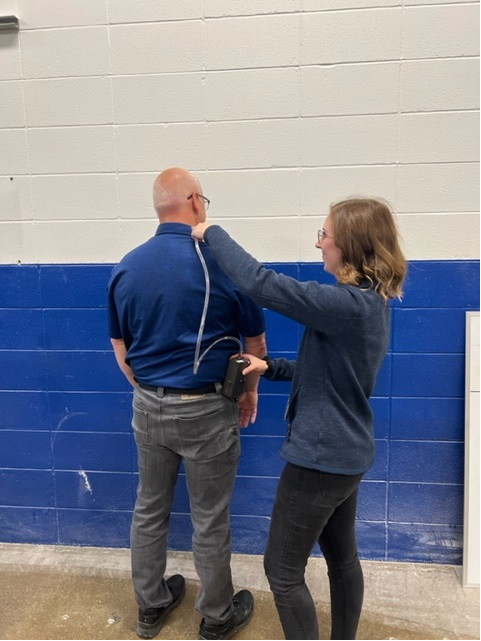The what and why of Industrial Hygiene
To prevent employees from getting sick or injured in the workplace, Industrial Hygiene (IH) Programs are necessary. The Occupational Health and Safety Administration (OSHA) defines Industrial Hygiene as the practice of anticipating, recognizing, evaluating and controlling workplace hazards to prevent employee injuries and illnesses. Having and understanding an IH Program at your facility will ensure employees return home safely in the same, or even better, condition. Industrial Hygiene includes chemical, physical, ergonomic and biological hazards. Often, employers need to monitor and analyze hazards to determine the severity to which employees are exposed.
Key areas of Industrial Hygiene
Chemical, physical, ergonomic and biological hazards can all be controlled if the employer and company are serious about wanting to protect employees. Here are the common hazards in the workplace:
Chemical. Chemical hazards include any gas, vapor, liquid, solid or fume that could adversely affect employees. Substances like silica can cause severe respiratory illness. Chemicals such as sulfuric acid or other strong acids and caustic chemicals can cause severe damage to the eyes, skin and lungs.
Physical. Physical hazards include noise (hearing loss), heat or cold exposure (heat stroke or hypothermia), radiation (could cause cancer) and much more.
Ergonomic. Ergonomic hazards include lifting, pulling or pushing excessive weight. They also include completing these tasks – like standing or sitting for long periods -- repetitively throughout the day. These hazards could cause muscle strains, stiffness, swelling or other negative side effects.
Biological. Biological hazards include bacteria, mold, bloodborne pathogens, microorganisms or diseases carried by animals.
Benefits of an Industrial Hygiene Program
Facilities that have Industrial Hygiene programs see better employee retention, cost reductions, and increased workplace morale and productivity. When employers show concern for employee health and well-being, employees are happier at work and more likely to stay with the company. If health and physical hazards are identified and eliminated or reduced, the likelihood of injuries and illnesses in the workplace decrease. If injuries and illnesses decrease, it costs the company less in worker's compensation. It also reduces lost time because of incident investigations or employee absences. Workers are more efficient and productive when they have a safe place to work. When employees feel safe and valued, morale throughout the facility increases.
How to evaluate and control hazards
If a facility is concerned about potential hazards in the workplace, there are ways to evaluate and control the hazards before they cause an injury or illness to employees. Employers should involve employees in worksite analyses or job hazard analyses to anticipate and recognize potential hazards. When hazards are identified, employers can conduct air quality assessments and noise exposure assessments or adjust a workstation to eliminate ergonomic hazards. Air quality testing and noise monitoring are the most common evaluation methods in Industrial Hygiene. There are tools and equipment to monitor air contaminants and noise levels. OSHA has regulatory limits for air contaminants and noise, so monitoring results can be compared to regulatory limits to inform employers of the extent and severity of the hazard to which their employees are exposed. The most important thing to remember is safety is key.
If you have concerns about air quality, noise levels or ergonomic issues in the workplace, or would like more information on different testing and evaluation methods, you'll want to work with the best environmental health and safety consultants. At Fehr Graham, our consultants are experienced with these environmental health issues and can help you address them in your workplace.
 |
Elisabeth Rutter is an Environmental Health and Safety Scientist who designs and organizes information for environmental programs, conducts environmental trainings, audits, Industrial Hygiene sampling and completes regulatory compliance reports and workplace safety audits. Contact her at |
Collaborative, Insightful, Results-Driven Solutions
Fehr Graham provides innovative engineering and environmental solutions to help improve the lives and communities of our customers.



